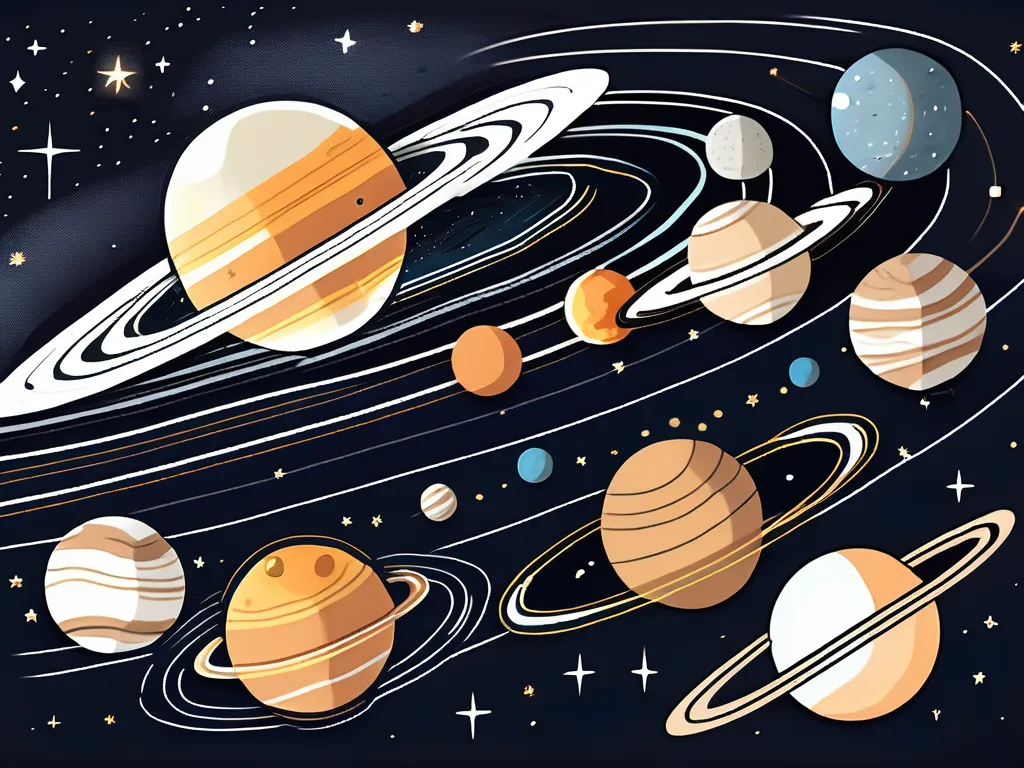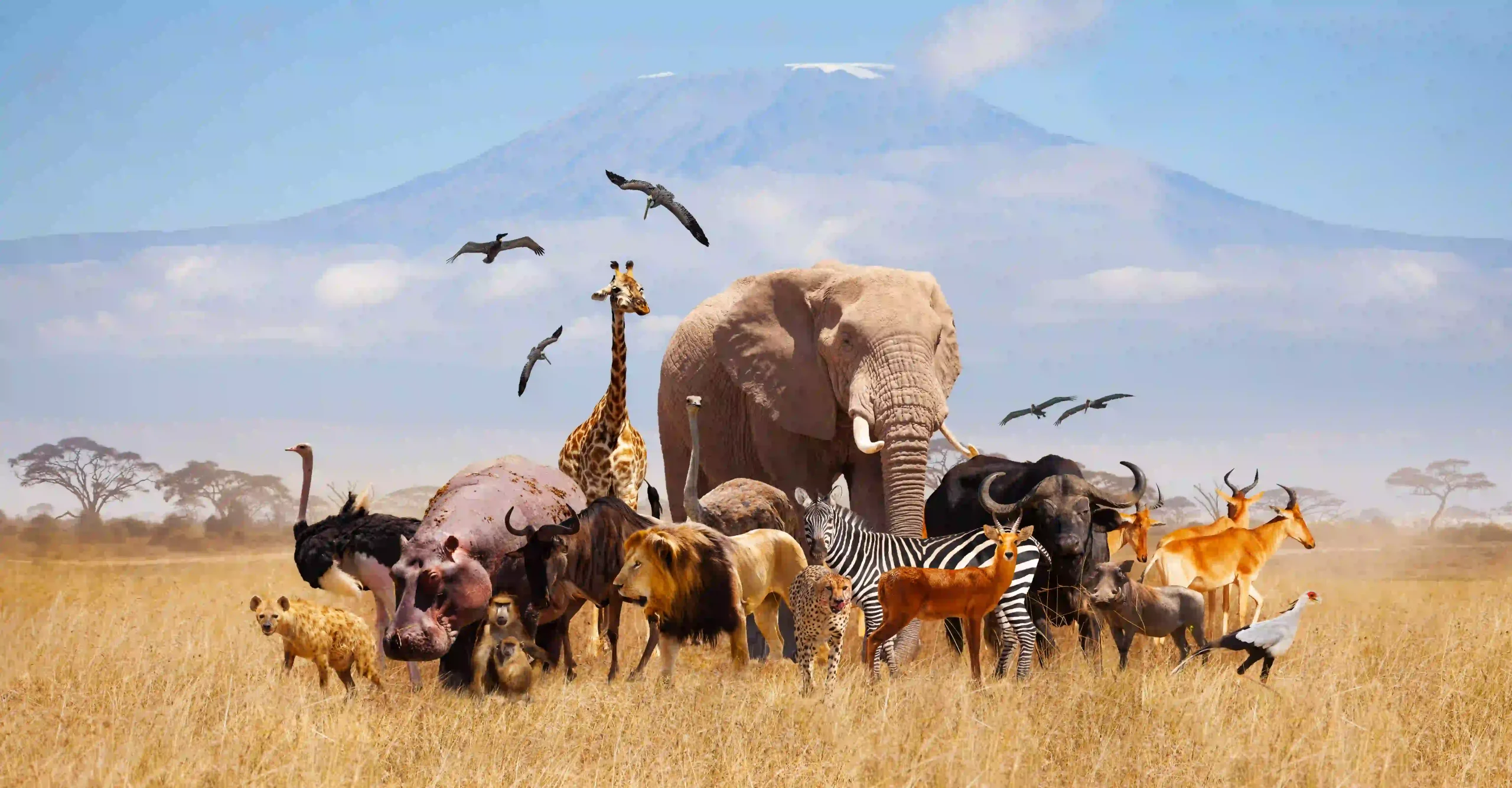Fascinating Space Trivia: 10 Mind-Blowing Facts You Didn’t Know

Did you know that space is full of captivating mysteries and mind-boggling wonders? In this article, we will take a deep dive into the vastness of the universe and uncover 10 incredible facts that will leave you awestruck. So fasten your seat belts and let’s embark on this cosmic adventure.
Unveiling the Mysteries of the Universe
Space is an enigmatic realm that has fascinated humans for centuries. Its immensity is beyond comprehension, stretching billions and billions of light-years in every direction. The sheer scale of the universe is mind-blowing, with countless galaxies and celestial bodies scattered throughout its vast expanse.
The Immensity of Space
Imagine this: If Earth were the size of a grapefruit, the sun would be equivalent to a four-story building located 227 meters away. But even more awe-inspiring is the fact that our sun is just one of the estimated 200 billion stars in our Milky Way galaxy. And the Milky Way is only one of countless galaxies in the observable universe.
Trivia Question 1: How many estimated stars are there in the Milky Way galaxy?
- 100 billion
- 200 billion
- 500 billion
- 1 trillion
Correct answer: B. 200 billion
The Age of the Universe
The universe is believed to be around 13.8 billion years old. This mind-boggling figure dates back to the Big Bang, the explosive event that marked the birth of the cosmos. Since then, the universe has been expanding at an astonishing rate, constantly pushing its boundaries.
Trivia Question 2: How old is the universe believed to be?
- 5 billion years
- 10 billion years
- 13.8 billion years
- 20 billion years
Correct answer: C. 13.8 billion years
The Wonders of Our Solar System
While the universe is vast, our solar system holds its own set of mesmerizing wonders. From the scorching hot sun to the stunning array of planets, our celestial neighborhood is full of surprises.

Surprising Facts about the Sun
The sun, our nearest star, is an extraordinary furnace of raging, fiery energy. Its surface temperature reaches a scorching 5,500 degrees Celsius (9,932 degrees Fahrenheit), while the core blazes at a staggering 15 million degrees Celsius (27 million degrees Fahrenheit).
Trivia Question 3: What is the approximate temperature of the sun’s core?
- 5,000 degrees Celsius
- 10 million degrees Celsius
- 15 million degrees Celsius
- 20 million degrees Celsius
Correct answer: C. 15 million degrees Celsius
The Unique Characteristics of Planets
Our solar system is home to a diverse family of planets, each with its own distinct characteristics. Did you know that Mercury, the closest planet to the sun, has a surface temperature that can soar to a scorching 427 degrees Celsius (800 degrees Fahrenheit)? Or that Saturn, known for its majestic rings, is the second largest planet in our system?
Trivia Question 4: Which planet is the second largest in our solar system?
- Venus
- Jupiter
- Mercury
- Saturn
Correct answer: D. Saturn
The Enigma of Black Holes
Black holes are the cosmic enigmas that continue to captivate scientists and space enthusiasts alike. These celestial giants possess an intense gravitational pull, devouring everything that comes within their reach.
Formation and Structure of Black Holes
Black holes are born from the remnants of massive stars that have undergone a supernova explosion. When the star collapses under its own gravity, it forms an incredibly dense object known as a singularity, surrounded by an event horizon from which nothing can escape, not even light.
Trivia Question 5: How are black holes formed?
- Through a galactic collision
- From the remnants of a supernova explosion
- By the merging of two neutron stars
- From the collapse of a red giant star
Correct answer: B. From the remnants of a supernova explosion
The Role of Black Holes in Space
Black holes play a crucial role in sculpting the cosmos. They can influence the movement of nearby stars and even entire galaxies. Scientists believe that supermassive black holes, found at the centers of galaxies, may have played a key role in the formation and evolution of cosmic structures.
Trivia Question 6: What is found at the centers of galaxies?
- Supernovae
- White dwarfs
- Black holes
- Red giants
Correct answer: C. Black holes
The Intriguing Concept of Dark Matter and Dark Energy
Despite decades of research, much of the universe remains shrouded in darkness. Two elusive entities, known as dark matter and dark energy, hold the key to unlocking the secrets of the cosmos.

Understanding Dark Matter
Dark matter is a mysterious substance that makes up around 27% of the universe. It does not interact with light or any other electromagnetic radiation, making it invisible to our telescopes. Yet, its gravitational influence on galaxies and galaxy clusters is undeniable.
Trivia Question 7: How much of the universe is believed to consist of dark matter?
- 10%
- 27%
- 50%
- 75%
Correct answer: B. 27%
The Mystery of Dark Energy
Dark energy is an even more perplexing phenomenon. It is believed to be responsible for the accelerated expansion of the universe, countering the gravitational pull. However, its true nature remains elusive, leaving astronomers and physicists eager to unravel its secrets.
Trivia Question 8: What is dark energy believed to be responsible for?
- The formation of stars
- The accelerated expansion of the universe
- The existence of black holes
- The birth of galaxies
Correct answer: B. The accelerated expansion of the universe
The Phenomenon of Space-Time Continuum
Albert Einstein’s theory of relativity revolutionized our understanding of space and time. It introduced the concept of a unified fabric known as the space-time continuum, where gravity warps the very fabric of reality.

The Theory of Relativity and Space-Time
Einstein’s theory of relativity revealed a connection between matter, energy, and the curvature of space-time. It demonstrated that massive objects, such as planets and stars, can bend the fabric of space, causing objects to follow curved paths.
Trivia Question 9: According to the theory of relativity, what can bend the fabric of space?
- Energy
- Light
- Gravity
- Matter
Correct answer: C. Gravity
The Impact of Gravity on Space-Time
The influence of gravity on space-time is not limited to the bending of light. It also affects the passage of time itself. The stronger the gravitational field, the slower time flows. This phenomenon, known as gravitational time dilation, has been observed near massive objects like black holes.
Trivia Question 10: What is the phenomenon called when time flows slower near massive objects?
- Galactic time dilation
- Space-time distortion
- Gravitational time dilation
- Cosmic time warping
Correct answer: C. Gravitational time dilation
If you’ve made it this far, congratulations! You’ve journeyed through the fascinating realm of space and learned some truly mind-blowing facts. I hope this article has piqued your curiosity about the wonders of the universe.
Now, it’s time for a little fun. Test your knowledge with this space quiz:
1. How old is the universe believed to be?
a) 5 billion years
b) 10 billion years
c) 13.8 billion years
d) 20 billion years
2. Which planet is the second largest in our solar system?
a) Venus
b) Jupiter
c) Mercury
d) Saturn
3. What is the approximate temperature of the sun’s core?
a) 5,000 degrees Celsius
b) 10 million degrees Celsius
c) 15 million degrees Celsius
d) 20 million degrees Celsius
4. How are black holes formed?
a) Through a galactic collision
b) From the remnants of a supernova explosion
c) By the merging of two neutron stars
d) From the collapse of a red giant star
5. What is found at the centers of galaxies?
a) Supernovae
b) White dwarfs
c) Black holes
d) Red giants
6. How much of the universe is believed to consist of dark matter?
a) 10%
b) 27%
c) 50%
d) 75%
7. What is dark energy believed to be responsible for?
a) The formation of stars
b) The accelerated expansion of the universe
c) The existence of black holes
d) The birth of galaxies
8. According to the theory of relativity, what can bend the fabric of space?
a) Energy
b) Light
c) Gravity
d) Matter
9. What is the phenomenon called when time flows slower near massive objects?
a) Galactic time dilation
b) Space-time distortion
c) Gravitational time dilation
d) Cosmic time warping
We hope you enjoyed this space quiz! Keep exploring the wonders of the universe, for there is always something new and exciting to discover.
- c) 13.8 billion years
- d) Saturn
- c) 15 million degrees Celsius
- b) From the remnants of a supernova explosion
- c) Black holes
- b) 27%
- b) The accelerated expansion of the universe
- c) Gravity
- c) Gravitational time dilation
For more articles in Quiiiz Academy
Would you believe that Beyoncé Knowles, the groundbreaking artist and cultural icon, has a plethora of fascinating trivia that you probably didn’t know? From her early life to her rise to stardom, her personal life, and her groundbreaking achievements, there...
Are you a bookworm looking to test your literary prowess? Do you fancy yourself an expert in the world of words? Well, get ready to put your knowledge to the test with this intriguing literature quiz. Whether you’re an avid...
Welcome to the world of Olympic trivia! The Olympics, a global celebration of athleticism and competition, have a rich and storied history. From ancient origins to modern spectacles, the Olympics have captured the hearts and minds of people around the...
Multiple choice trivia quiz is a fun way to spend some time and have fun with your friends and colleagues. It can be a bonding opportunity to improve communication and coordination between team members. If you are Looking for some...
10 Fascinating Valentine’s Day Trivia Facts You Never Knew Are you ready to dive into the fascinating world of Valentine’s Day trivia? Get ready to be amazed by these little-known facts about this romantic holiday! From its ancient origins to...













